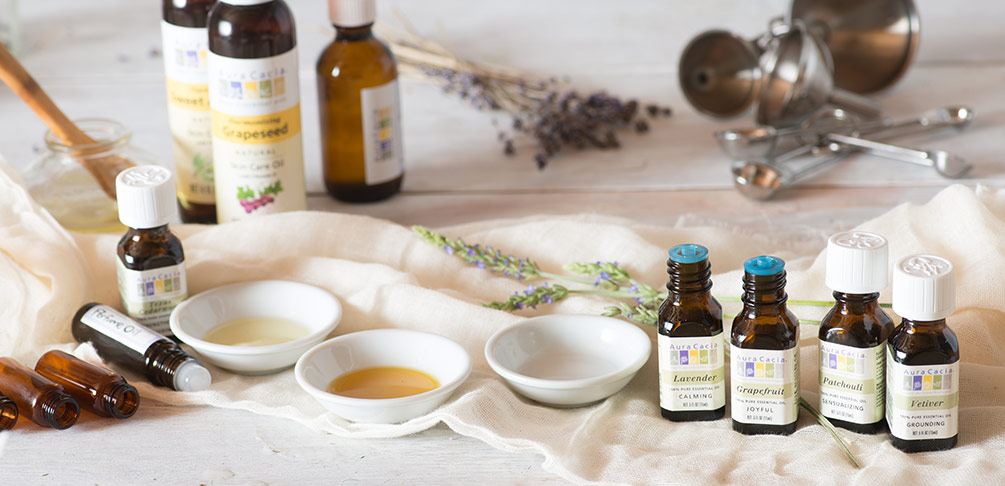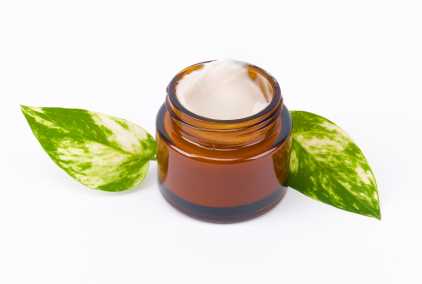The way to learn how to blend oils successfully is to experiment. When you are creating new blends, remember to use very small amounts of oil. Blends will not always work out how you hoped, and you may be left with blends that you don't want to use. By only using a few drops you won't waste large amounts of expensive oils.
Honing your skills
Practice and recording your results are the way to develop you skills.
If you are making blends for other people to use, it can be a good idea to have them present when you make the mixes, as everybody appreciates scents in a different way and you want to make a blend they are happy with.

It's a good idea to keep the oils you use frequently in stock, but remember that they have a shelf life, so only buy them in quantities you are sure to use.
Choosing an Appropriate Carrier
Your choice of carrier oil or cream is as important as the oils that go into a blend. Check the qualities and suitability of the carriers you are thinking of using. A massage blend should use a carrier that has good penetrative qualities to introduce the oils into the body as quickly as possible.

For skin care you are going to want a carrier with good moisturising qualities. The vitamins and minerals in a carrier may also affect your choice, as you may want a carrier that is high in vitamins and minerals, or with good skin rejuvenating qualities.
Carrying the Scent
The aroma of the carriers should also be considered when taking the overall fragrance of the blend into account. Finally remember that you can mix more than one carrier as the base for your blend, this way you can exploit their best qualities after checking that your choices are compatible.
Strength of Smells
When you make a blend, the main ingredient - by quantity - is always going to be the carrier. You do not need to add a large amount of oil to the carrier. The usual standard for blends is 10 drops per 35ml of carrier.
This quantity ensures the maximum beneficial effects of the oils while also ensuring that the oils are not too concentrated and will not be in quantities which are too strong in their effects on your skin or hair.

It is vital that you have the user in mind when you create your blends. For example, infants and children require different specifications.
The Smell Test
To really appreciate the scent of an oil or blend you should add a drop of it to a piece of unperfumed tissue paper. This enables you to appreciate the smell as it is when in full contact with the air. When you test fragrances, keep to six individual scents or up to three blends in a session, as your nose will begin to get fatigued and lose its fine discerning qualities after you exceed more than half a dozen smells.
Keeping a Notebook
Remember to always record every blend you try. Your failures are every bit as important as your successes, as they will give you a good idea of which oils do not really blend well. Aromas are a very personal matter, and your compatibility preferences may differ from those you find in books and articles.
Usual Quantities
All oils have an odour strength. When you make blends it is vital to consider the respective strengths of the oils you use. You do not want to swamp all the fragrances with one overpowering scent. The higher the odour strength, the less of the oil you should use. The normal practice is to add the most pungent odour first, in very small amounts, then add the other oils in order of strength, adding the weakest last. Remember to add small amounts of drops, because you can always add more of the weaker oils you have chosen afterwards if you want to make subtle changes to the blend.